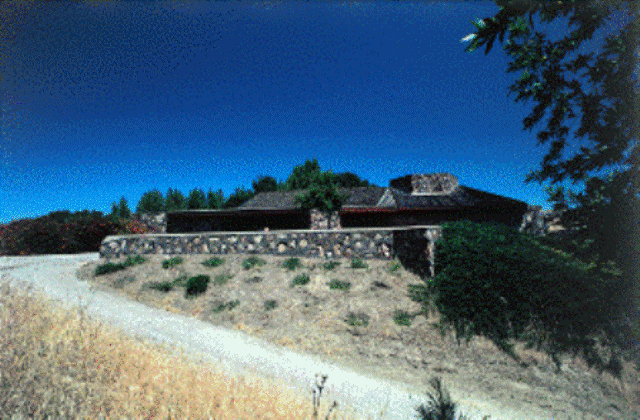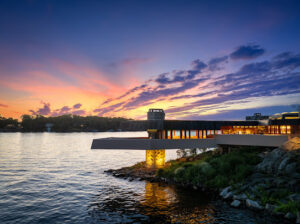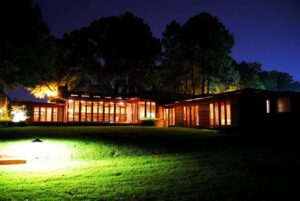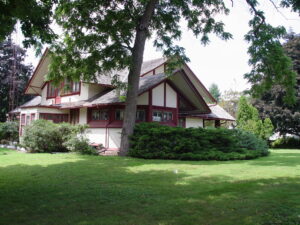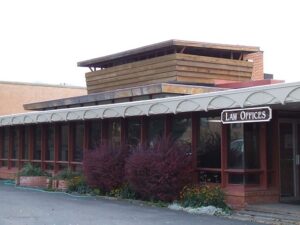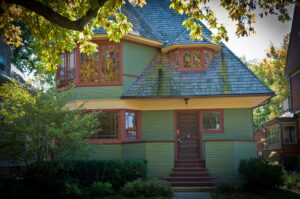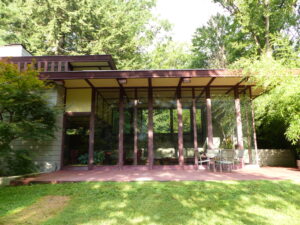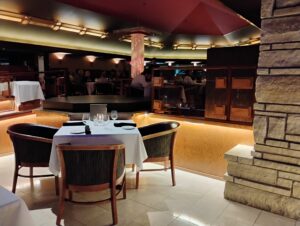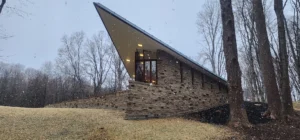In his long and storied career, Frank Lloyd Wright had tried many times to develop a client base that consisted of persons of “modest means”. He referred to the homes he would design for these people as “Usonian“. It was Wright’s term to describe a new type of American architecture, and his first completed Usonian design was the Herbert Jacobs house, located in Madison, Wisconsin (circa 1937).
Photo Credit: Scot Zimmerman, Scot Zimmerman Photography
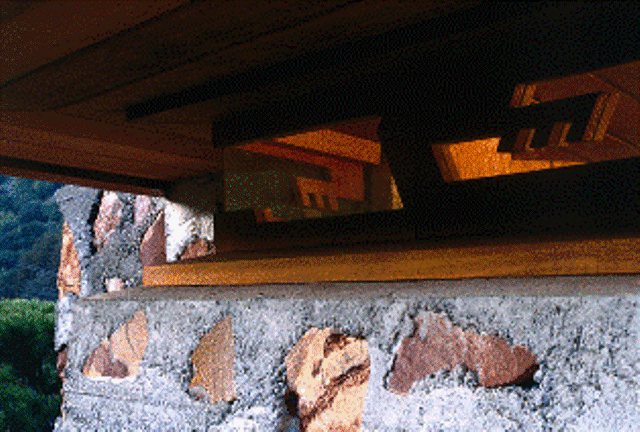
Tours
This home is privately owned and not available for tours.
Please respect the owners’ privacy and do not trespass on the property.
Location
259 Redwood Road, San Anselmo, California
Changing the Process
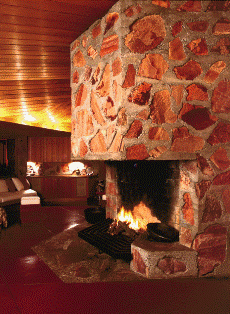
Jacobs was a newspaper reporter, and the modest yet incredibly unique and striking home was designed by Wright for a mere $5,500. By comparison, $5,500 in 1937 would equate to roughly $89,700 today, based on the average annual CPI data in the United States from 1914 to 2012.
Wright incorporated more standardized materials, and simplified the building techniques; he even developed a version using his concrete block system. The purpose? To streamline the process of building the home and, in Wright’s mind, make it possible for the average “Do-It-Yourselfer” to build his own home. Although some Usonian homeowners did manage to execute some of the
construction, the majority of people could not undertake the entire building project themselves.
So, for a number of reasons — not the least of which was the fact that a famous architect like Wright (who only designed for the wealthy) would likely not design a home for the “common folk” — the dream of building and owning a Frank Lloyd Wright-designed home was simply that: a dream.
Building the Dream
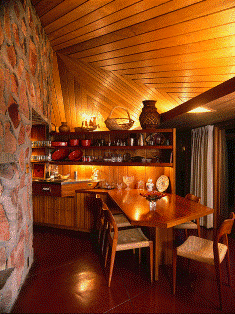
That said, in the early 1950s, Robert Berger, a mechanical engineer and professor at the College of Marin, decided that he would build a family home. Berger wrote to Wright, asking him “to design a home which was expandable, inexpensive and easy for one person to build.” Wright responded with a request of his own: photographs and a topographical map of the site. In an eventual meeting with Wright, Berger stated that he could afford no more than $1,500 in architectural fees and $15,000 in construction costs. Mr. Wright agreed to the terms and sent the preliminary drawings to Berger in January of 1951.
Construction began in April of 1953, but it took until July of 1957 to complete the core living area of the home, finally allowing Robert Berger, his wife Gloria and their four children to move from their sleeping bag encampment outside. Berger did all of the work — save for the radiant heat installation and the concrete floor — himself, under the guidance of Wright’s San Francisco Associate, Aaron Green. Unfortunately, Berger fell ill in 1969 and died in 1973 before the house was totally complete, but his wife Gloria hired a professional carpenter to finish the job including construction of the furniture.
The following links will provide additional resources & information about this property.
Some links may be affiliate links. You can read about our Affiliate Disclosure here.
Resources, Links & Products
Browse these resources for more information about this FLW Building, it’s history and information about the region.

